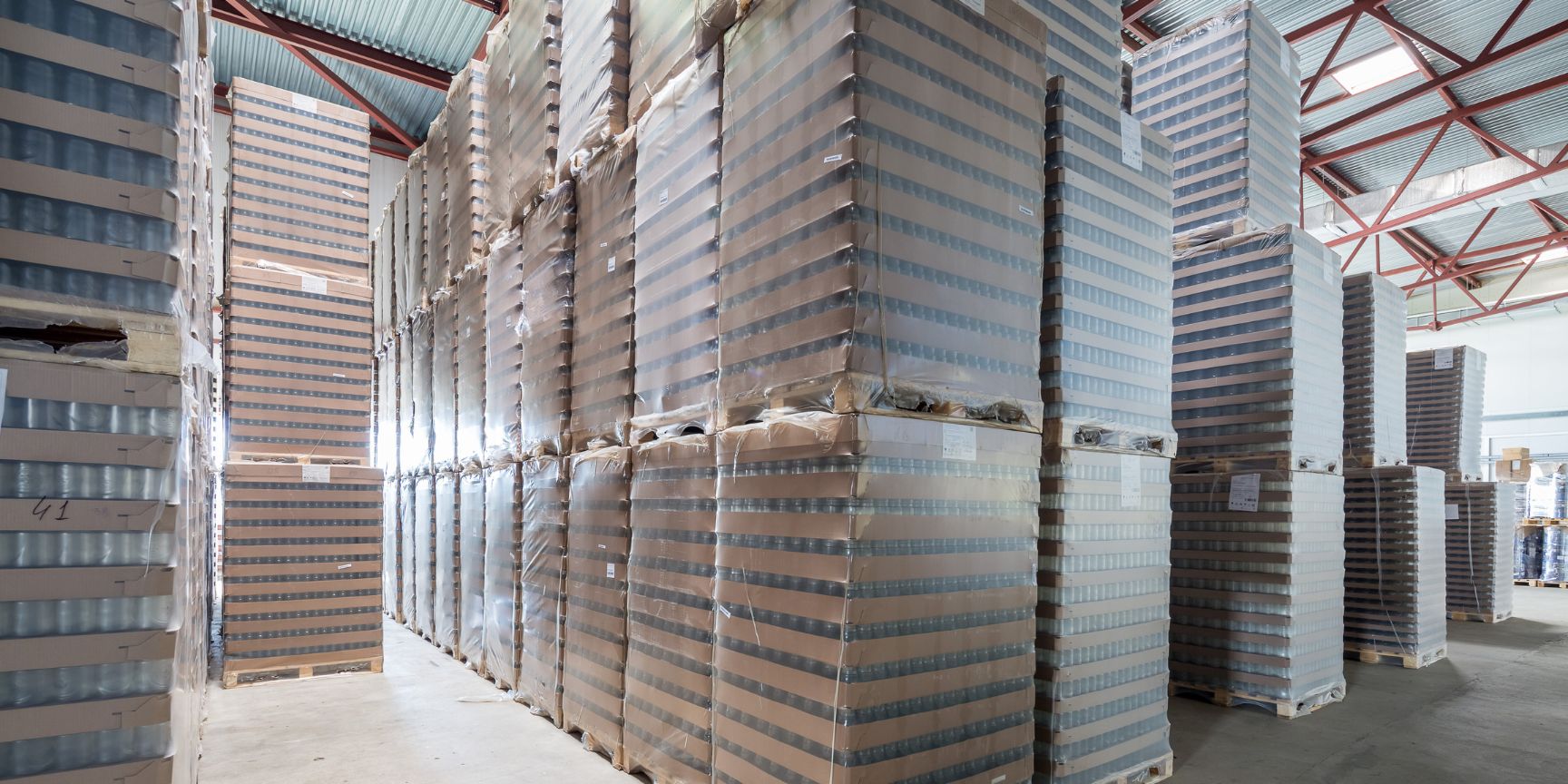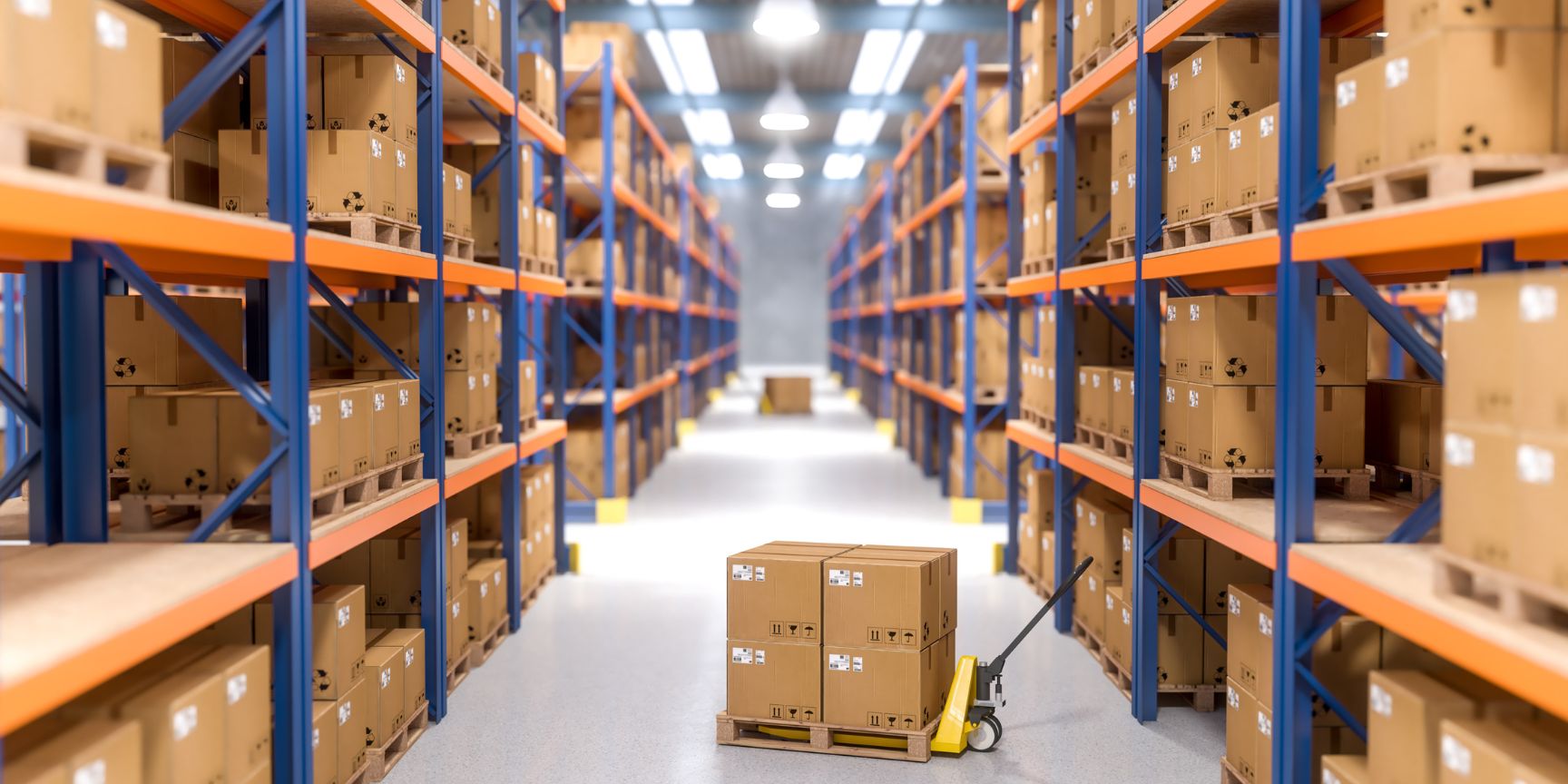
Guide: P
Pallets
Table of contents
The importance of pallets in warehousing
In transport, pallets are crucial for the efficient use of available space in means of transport. They enable space-saving loading of stackable goods and optimise storage and shipping processes. Well thought-out pallet management that favours the targeted use of disposable or Euro pallets significantly increases the efficiency of warehousing. Wooden pallets offer a high load-bearing capacity, while plastic pallets are increasingly in demand due to their durability and ease of maintenance. Online purchasing facilitates access to different pallet types and supports rapid customisation to meet logistical requirements. The correct selection and organisation of load carriers minimises risks in shipping and ensures a smooth process. Overall, pallets are indispensable tools for sustainable and efficient logistics. Load carriers such as pallets, containers, bins, trays, racks and special equipment have been developed to secure and transport certain types of loads. The selection of a suitable load carrier depends on factors such as the type, size and weight of the goods as well as the specific requirements of the logistics or production process.
Advantages of using pallets in logistics
Choosing the right pallets is extremely important for logistics, as it has a significant impact on the efficiency of the entire transport and storage process. Euro pallets and one-way pallets offer different advantages depending on the type of products you are moving. While wooden pallets are characterised by their high load-bearing capacity and robustness, plastic pallets have the advantage of being more resistant to moisture and dirt. By using high-quality load carriers such as EPAL-certified Euro pallets, you not only ensure the quality of your packaging, but also smooth shipping. You can also purchase the pallets online, which makes the procurement process considerably easier. The right choice of pallets has a direct impact on transport costs and storage capacity, which is why it is advisable to take a close look at the different types. Ultimately, with the right pallet management, you create a solid foundation for efficient and cost-effective logistics.

Types and types of pallets in warehouse logistics
Choosing the right pallet is crucial for efficient warehousing and transport. Wooden pallets, especially Euro pallets, offer high load capacity and stability, while disposable plastic pallets are more environmentally friendly and ideal for one-off transport. Euro pallets measure 120 x 80 cm, weigh between 20 and 23 kg and can carry up to two tonnes. There are different types of pallets: Düsseldorfer pallets for smaller goods, industrial pallets for heavier loads, hygienic plastic pallets for foodstuffs and inexpensive cardboard pallets. Reusable pallets are more stable, while disposable pallets often do not offer a return option. IPPC pallets fulfil export standards. There are also special pallet types for different industries that can be customised. The quality of the load carriers should always be a priority in order to avoid transport damage and organise logistics efficiently.
Pallet prices and pallet costs
A price comparison is worthwhile for anyone who is paying too much for Euro pallets. A neutral calculator regularly determines prices from around 250 enquiries and provides information on new and used pallets as well as repair purchase prices. Prices for used Euro pallets are between 10 and 25 euros, while new pallets can cost between 20 and 40 euros. The standardised Euro pallet (1200 mm x 800 mm) is robust and durable, which makes it indispensable in international goods transport. Transport costs should also be taken into account, especially if the pallets are not purchased locally. Prices vary in DIY stores: New Euro pallets usually cost between €15 and €25, while used ones are available for around €5 to €10. Discounts are often available when buying multiple pallets. The transport of a pallet can vary greatly depending on the distance and means of transport; within Germany the costs are usually between 50 and 150 euros. To find the best deals, it is advisable to compare different providers and, if necessary, also consider online platforms or wholesalers.

Challenges in the use of pallets and possible solutions
The use of pallets brings with it numerous challenges that can impair smooth warehousing. One common problem is the quality of the pallets themselves. Both Euro pallets and one-way pallets must meet strict standards to ensure a high load capacity and safety during transport. Defective pallets can not only cause damage to the products, but also lead to safety risks. In addition, the handling of different load carriers such as wooden and plastic pallets can lead to confusion in the warehouse if no clear processes are established. Efficient warehousing therefore requires well thought-out pallet management that optimises the purchasing and use of pallets. Through the targeted use of online platforms for purchasing pallets, companies can not only reduce costs, but also ensure the quality and availability of their load carriers. Strategies for training staff in the handling of different types of pallets also contribute to solving these challenges.
Advice on storage and pallet transport
When storing and transporting goods on pallets, space-saving stacking is important, but the permissible payloads and stacking heights as well as the load-bearing capacity of aids and vehicles must be observed in order to avoid damage. Only stable loads with a horizontal support surface can be stacked. To prevent damage to goods, goods must not protrude beyond the pallets and should be covered with protective covers. Empty spaces in cartons must be filled with filler material to prevent damage caused by pressure. Securing the goods to the pallets minimises slippage and the risk of damage. LAGERflaeche.de will be happy to advise you!
